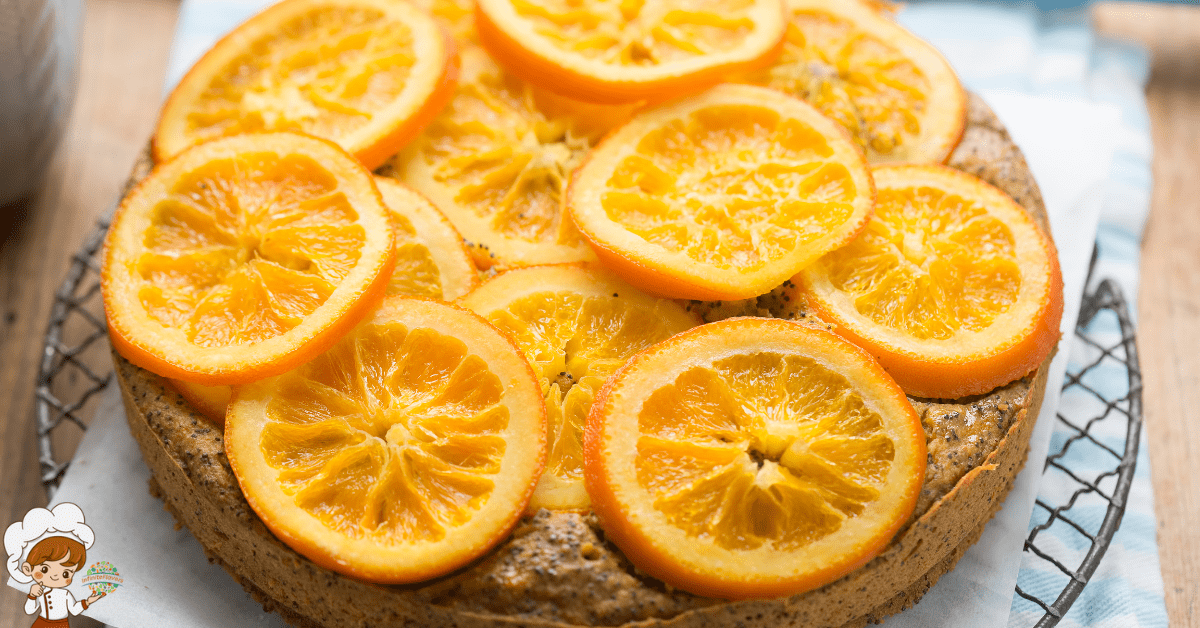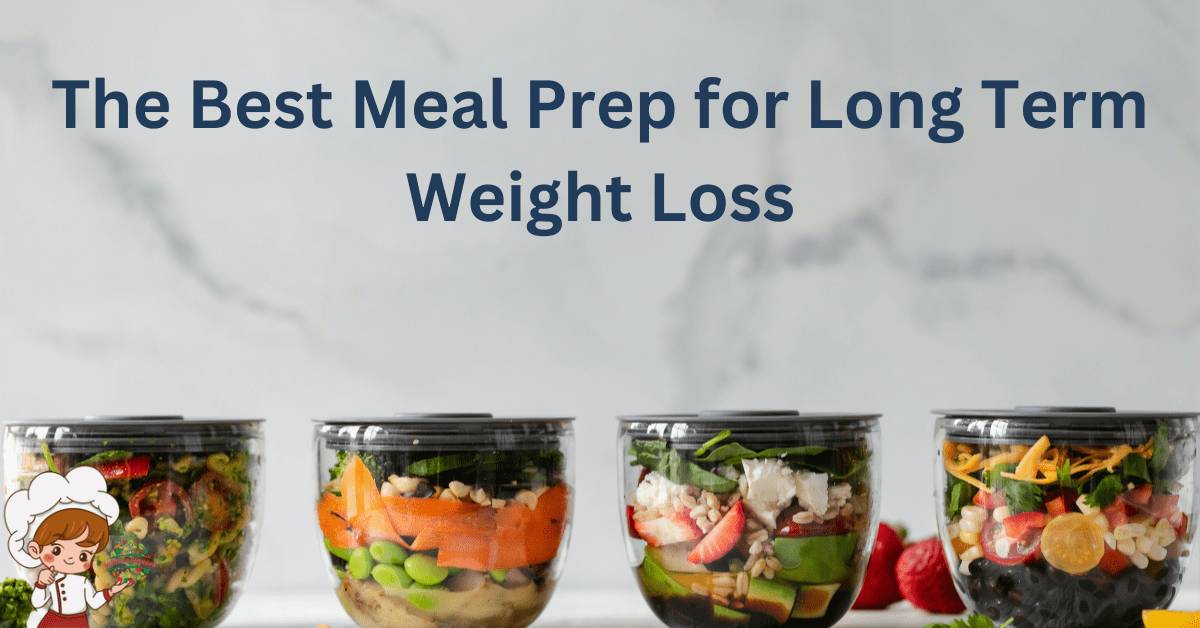How To Gratinate Without Cheese

How To Gratinate Without Cheese; You can create a delicious gratin without cheese by layering flavorful vegetables like potatoes, zucchini, or sweet potatoes. For a crunchy topping, use panko breadcrumbs or crushed nuts, which add texture and richness. Season with your favorite herbs and spices, like garlic powder or smoked paprika, to deepen the flavor. Don’t forget to guarantee your ingredients are well-coated in oil for a golden, crispy finish. Experimenting with different vegetables and toppings can lead to unique combinations. Stick around, and you’ll discover even more tips for mastering gratin techniques that will impress your next dinner guests.
Understanding the Gratin Technique
Although gratin usually brings cheese to mind, understanding the technique allows you to create delicious, cheesy-free dishes. The word “gratin” actually comes from the French term “gratter,” which means to scrape. This technique dates back to the 18th century, when cooks began layering vegetables, starches, or meats in a dish, then topping them with a crisp crust. The beauty of gratin lies in its versatility and the variety of gratin variations you can explore.
To master the gratin technique, focus on layering your chosen ingredients. Start with a base, like thinly sliced potatoes or vegetables, then add a flavor-packed layer – perhaps sautéed onions or roasted garlic. You can also incorporate herbs and spices to enhance the overall taste. It’s all about building flavors that complement one another.
Once you have your layers, you’ll want to create that signature crispy topping. Instead of cheese, try using breadcrumbs mixed with olive oil or melted butter. You could even add crushed nuts for an extra crunch. This topping not only provides texture but also locks in moisture, ensuring your dish is both satisfying and delicious.
As you experiment with the gratin technique, you’ll discover endless possibilities. Whether you’re using seasonal vegetables or grains, knowing the history and variations of gratin empowers you to innovate in the kitchen. So, go ahead and embrace the gratin technique—there’s a world of cheesy-free delights waiting for you!
Key Ingredients for Gratinating
When you’re ready to create a delicious gratin without cheese, it’s crucial to choose the right base options. Think about how flavor enhancers and spices can elevate your dish, and don’t forget to reflect on alternative toppings for that perfect texture. Let’s explore these key ingredients to make your gratin shine.
Essential Base Options
Gratinating without cheese opens up a world of delicious possibilities, and the key lies in selecting the right base ingredients. You can create a satisfying gratin using various vegetables, grains, and legumes. Think about using thinly sliced potatoes, sweet potatoes, or even zucchini as your base. These options not only provide texture but also absorb flavors beautifully.
If you’re looking for a heartier dish, consider using cooked grains like quinoa or barley. They add substance and can hold up well during the cooking process. For a protein boost, try incorporating lentils or chickpeas; they offer a nice contrast to the creamy elements you’ll add later.
When it comes to cooking methods, roasting or steaming your base ingredients before gratinating can enhance their natural flavors. Don’t forget about ingredient substitutions! If you’re out of a specific veggie, feel free to swap in what you have on hand. The goal is to create layers of flavor and texture that will shine, even without cheese. With the right base options, you’ll elevate your gratin game and impress everyone at the table.
Flavor Enhancers and Spices
To elevate your gratin without cheese, a variety of flavor enhancers and spices can make all the difference. Start by incorporating umami boosters like mushrooms, tomatoes, or miso. These ingredients add depth and richness, creating a savory foundation for your dish. Next, explore savory spices such as garlic powder, smoked paprika, or nutmeg to amplify your flavor profiles.
For taste balance, consider using a combination of sweet and savory elements. A touch of brown sugar or honey can complement the saltiness of your spices, creating an inviting contrast.
Effective seasoning techniques are essential. Sprinkle your chosen spices evenly throughout the layers of your gratin to guarantee every bite bursts with flavor. Don’t forget about texture contrasts; crunchy toppings like breadcrumbs or crushed nuts can add exciting layers to your dish.
Alternative Toppings and Textures
A successful gratin hinges on the right toppings and textures that elevate its appeal. To create that perfect bite, consider using crispy toppings like panko breadcrumbs or crushed nuts. These add savory crunches that contrast beautifully with the tender layers beneath. You can also incorporate wholesome grains, like quinoa or farro, for added depth and nutty flavors.
Don’t underestimate the power of roasted vegetables; their caramelized edges contribute rich umami layers, enhancing the overall experience. For even more variety, mix in crunchy seeds, such as pumpkin or sunflower seeds, to introduce delightful textural contrasts.
Herb blends can further amplify your dish, offering fresh notes that balance the richness of other ingredients. If you’re looking for a plant-based crunch, try using chickpea flour or ground flaxseeds mixed with spices for a unique topping.
Ultimately, it’s about experimenting with different combinations to find what resonates with your palate. By focusing on these alternative toppings and textures, you’ll create a gratin that’s not only delicious but also visually appealing and satisfying.
Plant-Based Alternatives to Cheese
When you’re looking to gratinate without cheese, plant-based alternatives can deliver that rich, creamy texture you crave. These options not only mimic the mouthfeel of cheese but also provide nutritional benefits that dairy can’t always match. For example, cashew cream is a fantastic choice. It’s made from soaked cashews blended with water, creating a velvety base that works beautifully in gratin dishes. You’ll find it adds healthy fats and proteins to your meal.
If you want a more tangy flavor profile, consider adding nutritional yeast to your dish. This deactivated yeast is packed with B vitamins and has a cheesy, umami taste that enhances any gratin. Mix it with a plant-based milk, and you’ll have a creamy sauce that’s bursting with flavor.
Another great option is using tofu. Silken tofu, when blended, can create a smooth texture similar to ricotta. You can season it with lemon juice, garlic powder, or herbs to boost its flavor. This not only enriches your gratin but also adds protein and calcium.
For a nut-free alternative, try using blended cooked potatoes or cauliflower. They create a rich, creamy base that’s versatile and easy to flavor. You can infuse them with spices or herbs to match the dish you’re preparing. With these plant-based alternatives, you can easily create delicious gratin dishes that satisfy your cravings while offering a wealth of nutritional benefits.
Homemade Breadcrumb Mixtures
Creating a delicious gratin doesn’t stop with plant-based alternatives; the topping is just as important. Homemade breadcrumb mixtures can elevate your dish and add a satisfying crunch. Start by selecting your breadcrumb types. You can use fresh bread, dried bread, or even store-bought options. For a rustic touch, try coarsely crumbled bread, while fine breadcrumbs work well for a more delicate texture.
Next, it’s time to get creative with your seasoning blends. You can mix herbs like thyme, rosemary, or parsley to infuse your breadcrumbs with flavor. Don’t forget to add a sprinkle of garlic powder or onion powder for that extra kick. For a bit of zest, consider incorporating lemon zest or nutritional yeast for a cheesy flavor without the cheese.
To make your breadcrumbs stick together while baking, drizzle in a touch of olive oil or melted vegan butter. This adds richness and helps achieve that golden-brown crust you’re aiming for. Combine your breadcrumbs, chosen seasonings, and oil in a bowl, then mix until evenly coated.
Once your mixture is ready, sprinkle it generously over your gratin before baking. The crispiness you’ll achieve will contrast beautifully with the creamy layers below. Remember that the right combination of breadcrumb types and seasoning blends can transform a simple dish into something truly special. Enjoy experimenting with different flavors and textures to find your perfect topping!
Flavor Enhancements and Seasonings
To really amp up your gratin, think about the herbs and spices you can mix in. Fresh or dried options like thyme, rosemary, or paprika can transform your dish from ordinary to extraordinary. Plus, don’t forget about alternative toppings—crushed nuts or seeds can add a delightful crunch and flavor boost.
Herbs and Spices Mix
Elevating your gratin without cheese is all about the right herbs and spices mix. Start by choosing your herb pairings wisely. Fresh thyme and rosemary work wonders with root vegetables, while basil and oregano can brighten up a potato gratin. If you’re using greens like spinach or kale, consider a mix of dill and parsley for a fresh touch.
Next, think about your spice combinations. Paprika adds a smoky depth, while nutmeg can enhance the earthiness of your dish. A hint of garlic powder or onion powder can also deepen the flavor profile without overwhelming it. Don’t forget about the heat—adding a pinch of red pepper flakes can provide a pleasant kick.
Experimenting is key! Try mixing dried herbs with your fresh ones for a more complex flavor. You can also create a custom blend by combining your favorite spices with a bit of salt and pepper. Remember, the goal is to complement the natural flavors of your ingredients, so taste as you go. With the right herbs and spices mix, your gratin will be flavorful, satisfying, and truly unforgettable.
Alternative Toppings Options
While a well-chosen mix of herbs and spices can enhance your gratin’s flavor, alternative toppings can take it to the next level. Consider using crispy panko breadcrumbs mixed with nutritional yeast for a cheesy flavor without the dairy. The panko adds a delightful crunch, creating texture contrasts that make each bite exciting.
You might also try crushed nuts, like almonds or walnuts. They not only bring a satisfying crunch but also offer extra nutritional benefits, including healthy fats and protein. For a unique twist, sprinkle some toasted seeds, like pumpkin or sunflower seeds, which enhance both flavor and texture.
If you’re looking for something lighter, consider a layer of caramelized onions or sautéed mushrooms. These toppings provide a rich, umami flavor while keeping your dish hearty. Finally, don’t overlook the power of a drizzle of flavored oil, like chili or garlic-infused olive oil, to finish your gratin. This will bring a burst of flavor that transforms your dish. Experiment with these alternative toppings, and you’ll discover new ways to gratinate without cheese while still enjoying delicious, satisfying meals.
Layering Strategies for Texture
Creating a satisfying texture in your gratin without cheese starts with thoughtful layering. The way you stack your ingredients can make all the difference in achieving that desired bite. Start by selecting a variety of vegetables or grains that offer different textures. For example, you can use starchy potatoes, tender zucchini, and crunchy carrots. Each layer contributes its unique mouthfeel, creating delightful texture contrasts.
When employing layering methods, consider the thickness of your slices. Thin slices of potatoes will cook through easily, while thicker chunks of root vegetables can provide a hearty bite. Staggering your ingredients not only enhances the visual appeal but also allows for even cooking. Place denser vegetables at the bottom, where they’ll benefit from more heat, and lighter, quicker-cooking options at the top.
Don’t forget to incorporate moisture in your layers. A drizzle of vegetable broth or a splash of plant-based cream can help bind everything together while preventing dryness. You can also add herbs and spices in between layers to elevate flavor without relying on cheese.
For a final flourish, consider sprinkling breadcrumbs or crushed nuts on top. They’ll add an enticing crunch that contrasts beautifully with the soft, tender layers underneath. By being intentional with your layering strategies, you’ll create a gratin that’s not only visually appealing but also a textural delight, proving that cheese isn’t the only way to achieve satisfaction in this dish.
Cooking Methods for Perfect Crisp
Achieving a perfect crisp in your gratin requires a thoughtful approach to cooking methods. You want to focus on crisp techniques that enhance the overall texture contrast of your dish. Start by preheating your oven to a high temperature, usually around 425°F (220°C). This initial heat helps to create that golden, crunchy exterior you’re aiming for.
When layering your ingredients, consider using starchy vegetables like potatoes or sweet potatoes. Their natural sugars will caramelize beautifully, contributing to the crispness. Toss the vegetables in a light coat of oil or butter to promote browning. Too much fat can lead to a soggy texture, so be mindful of the amount you use.
Another effective method is to broil the gratin for the last few minutes of cooking. This intense heat can enhance the crispiness, but be sure to keep an eye on it to prevent burning. If you’re using breadcrumbs or a nut-based topping, sprinkle them on top just before broiling for added crunch.
Lastly, allow your gratin to rest for a few minutes after cooking. This step lets the steam escape, preventing a mushy bottom and preserving that delightful texture contrast. By combining these crisp techniques, you’ll elevate your gratin into a satisfying dish that’s not only visually appealing but also a joy to eat. Enjoy the process, and get ready to impress your guests with your mastery of gratination!
Creative Dish Ideas Without Cheese
Exploring creative dish ideas without cheese can open up a world of flavors and textures that surprise and delight the palate. One fantastic approach is to whip up vegan gratins, using seasonal ingredients like zucchini, eggplant, or sweet potatoes. Layer these vibrant vegetable combinations in a baking dish and top them with savory toppings, such as herbed breadcrumbs or roasted nuts, to add crunch.
Another option is to incorporate nut-based sauces. Blend cashews or almonds with garlic, lemon juice, and nutritional yeast for a creamy, flavor-packed sauce that can elevate any dish. Drizzle this over your gratins or use it to dress roasted vegetables, creating a rich flavor profile that rivals traditional cheese.
Don’t forget the impact of creative presentations! Serve individual portions in ramekins or use a cast-iron skillet for a rustic touch. This not only enhances visual appeal but also emphasizes texture contrasts, with crispy tops and tender, melt-in-your-mouth vegetables underneath.
For global influences, consider adding spices from different cuisines—like cumin and coriander for a Middle Eastern twist, or curry powder for an Indian flair. Experiment with various cooking techniques, such as steaming or grilling, to further enhance the natural flavors of your ingredients.
Frequently Asked Questions: How To Gratinate Without Cheese
Can I Use Dairy-Free Milk in Gratin Recipes?
Yes, you can use dairy-free milk in gratin recipes! It offers texture variations, enhancing the dish while accommodating dietary needs. Experiment with different dairy alternatives to find what complements your recipe best. Enjoy your cooking!
How Can I Achieve a Golden Crust Without Cheese?
To achieve a golden crust, mix bread crumbs with olive oil and seasoning. You can also add nut toppings for extra flavor and crunch. Bake until crispy, and you’ll have a delicious alternative to cheese!
What Vegetables Work Best for Gratinating?
For gratinating, you’ll love root vegetable options like potatoes, carrots, and parsnips. Use layering techniques to create a beautiful texture and flavor. Combine them for a hearty dish that’s visually appealing and deliciously satisfying.
Is It Possible to Gratin Frozen Vegetables?
Yes, you can gratin frozen vegetables! Just make certain you thaw and prepare them properly. Experiment with alternative toppings like breadcrumbs or herbs to add flavor and texture, making your dish delicious and satisfying. Enjoy your creation!
How Long Should I Bake a Gratin for Optimal Results?
For ideal results, you should bake your gratin at 375°F for 30 to 45 minutes. Keep an eye on it; you’re looking for a golden brown top and bubbling edges to indicate it’s ready.
Conclusion
Gratinating without cheese is not only possible, but it can also be delicious! By using plant-based alternatives, homemade breadcrumb mixtures, and a variety of seasonings, you can create a satisfying dish that’s packed with flavor. Remember to layer your ingredients thoughtfully and choose the right cooking method for that perfect crisp. Now, get creative with your gratin dishes and enjoy the rich textures and tastes you can achieve without cheese! Happy cooking!








